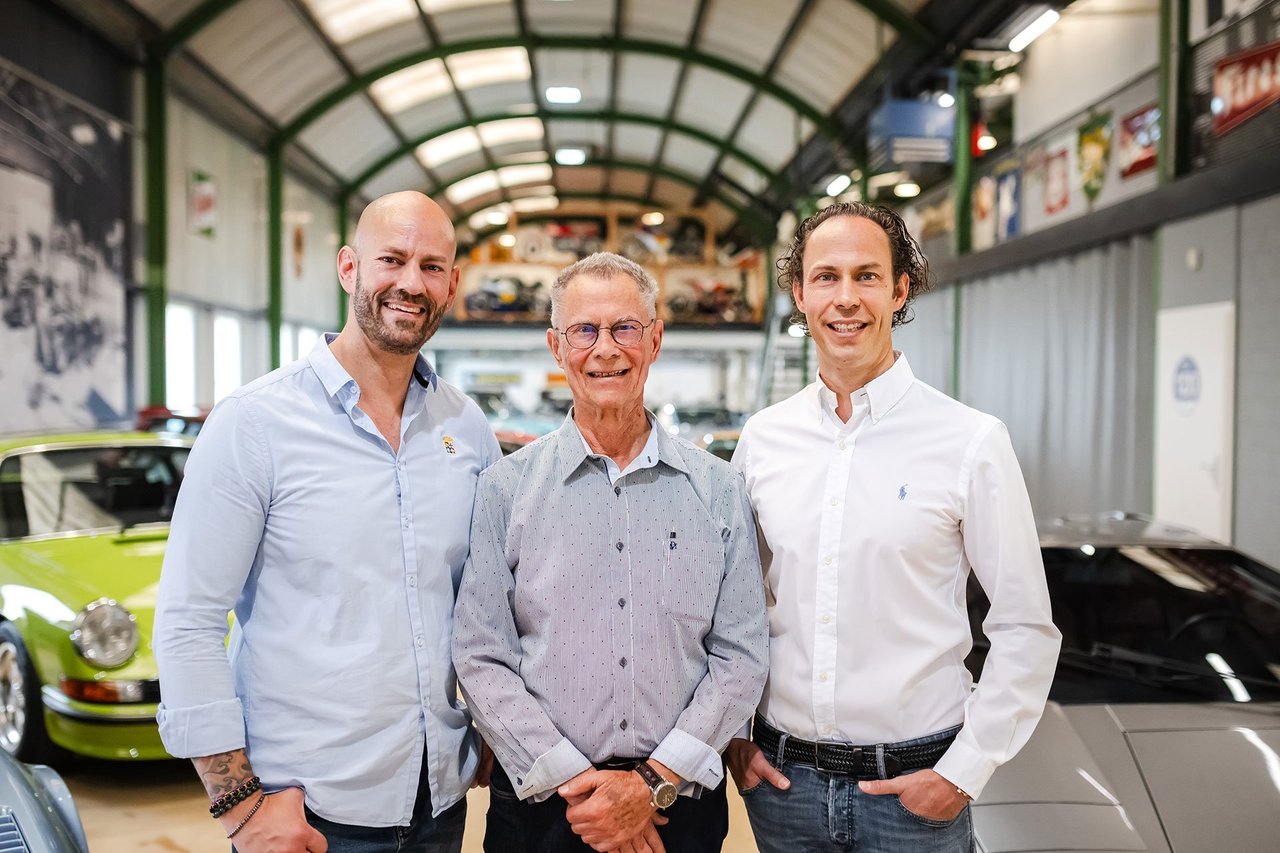

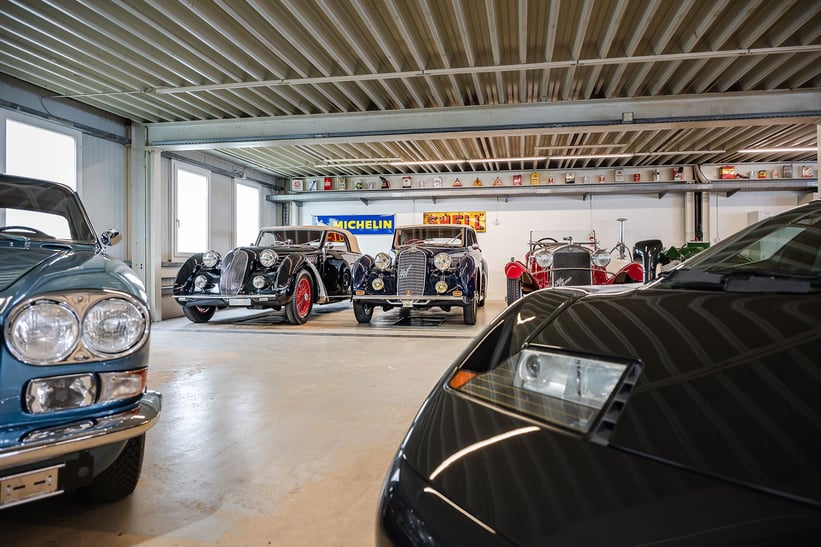
Koni Lutziger’s passion for fast machinery began early: at sixteen he bought two Morgan 3-Wheelers, at eighteen he rebuilt a Packard with Graber coachwork from crates, and by twenty-one he had co-founded his own motorcycle dealership and repair shop. His skills powered the Grand Prix successes of Swiss rider Bruno Kneubühler in 1971 and 1972, before he turned fully to automobiles, founding Lutziger Classic Cars in 1979 with a focus on authenticity, original condition, and racing provenance. The business soon gained renown, and since 2004 his son Fabian has worked alongside him. Today, their 1,600 m² showroom in Bergdietikon, just outside of Zurich, houses 30–50 rare automobiles and motorbikes, each vetted in-house for provenance and originality. It's a temple to the purity of the classic car. Now Koni's sons Fabian and Marc Lutziger have taken over their father's business, so we paid them a visit to understand what drives them.
Fabian, Marc, knowing your father Koni Lutziger, we imagine you two growing up surrounded by classic cars, racers and motorcycles in all states of repair. What are your first automotive memories?
Marc: The first car I remember is a Lola T70 – it stood in a corner of our garage and I always admired it with great reverence; I didn't know any others, but it had to be THE racing car par excellence and so it simply had to look like that (laughs).Then a Ferrari Dino 246; even back then, I thought it had beautiful lines and even today it is still simply one of the most beautiful designs. There also was a Jaguar D-Type in British Racing Green; I'll never forget the drive with my father – we were somewhere outside the city in the Oberland when the car had some kind of minor defect. We had to stop at the side of the road and my father had to find a phone; at that time, no one had a cell phone in their pocket. So I stayed with the D-Type to “keep an eye on it” and, as a little kid, told several passers-by and admirers that they weren't allowed to touch the car; after all, that's how my brother and I learned (laughs). And then, of course, there was our Lucciola from the 1940s, a battery-powered children's car from 1949, which we used to demonstrate our first driving skills.
Fabian: For me, it's actually almost the same cars as for Marc. One lasting memory, I must have been about three or four years old, is of a Ferrari Dino 246 GT. I always wondered about the air intake on the side, so I leaned against the car and looked into the air intake and reached inside. When I asked my father what it was for, he replied: “Be careful, there's a brownie living in that air intake and if you disturb it, it will pull you in!” From that moment on, I always gave the 246 GT a wide berth, and my father had elegantly achieved his goal. Today, I still think about this story and smile whenever I see a Ferrari 246 or 308. In the early 1980s, our first trip together in a Lamborghini Countach LP400 S, and I won't forget that anytime soon. Our father was at the wheel, my brother Marc, being the older one, was allowed to sit in the passenger seat, and I sat on the center console. It was our first ever trip in a Lamborghini Countach and an unforgettable experience.
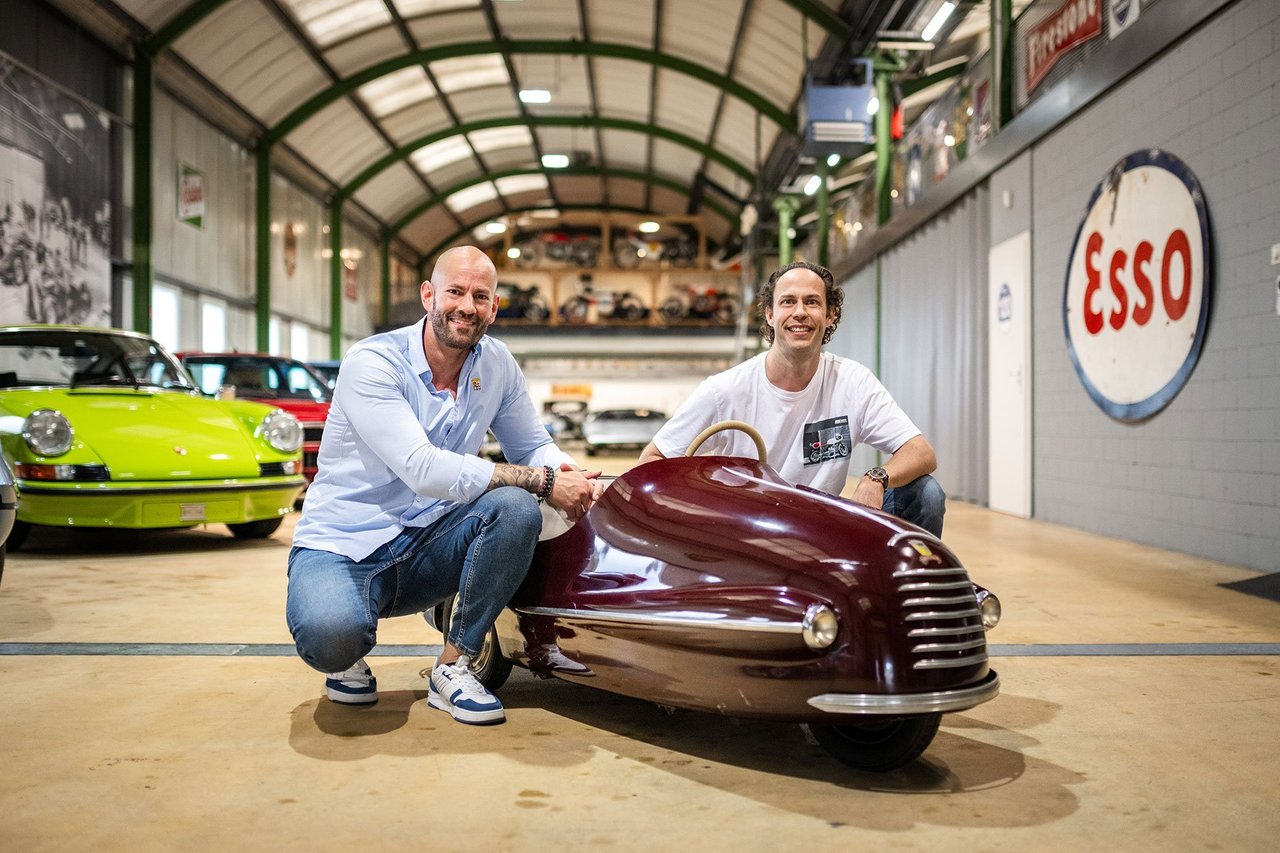
Your father started a motorcycle dealership and workshop in 1966, then focused on trading, restoring and tuning cars in 1979. Since then Lutziger Cars has become a collectors' favourite in the Swiss classic car scene. What's the secret of this success?
Both: Well, we can't reveal too much about that, of course... (both laugh) That's not entirely true, though. In 1979, our father focused purely on trading, not on restoring or tuning cars. Of course, he restored various cars or had them restored, but this was more out of necessity or simply because it was a good opportunity. He never had anything to do with tuning cars. Our father's secret was always his incredible knowledge of cars, their technology, etc. He bought, and still buys, every car magazine and has literally internalized them. He always had a gift for remembering anything that interested him. Our father is still considered a walking encyclopedia in his circles today. One focus of this is his deep technical knowledge, which he acquired as a toolmaker in his younger years and which still interests him today.
Fabian: I have been very impressed many times when our father took a quick look at a technical problem or fault that specialists were almost despairing over, thought about it for two or three minutes, and then presented the solution objectively and correctly. Not only I was amazed, but also the specialists themselves. This reputation preceded him in Switzerland and abroad. We were recommended as an “insider tip” by many large and renowned collectors and were able to grow steadily thanks to our professionalism.

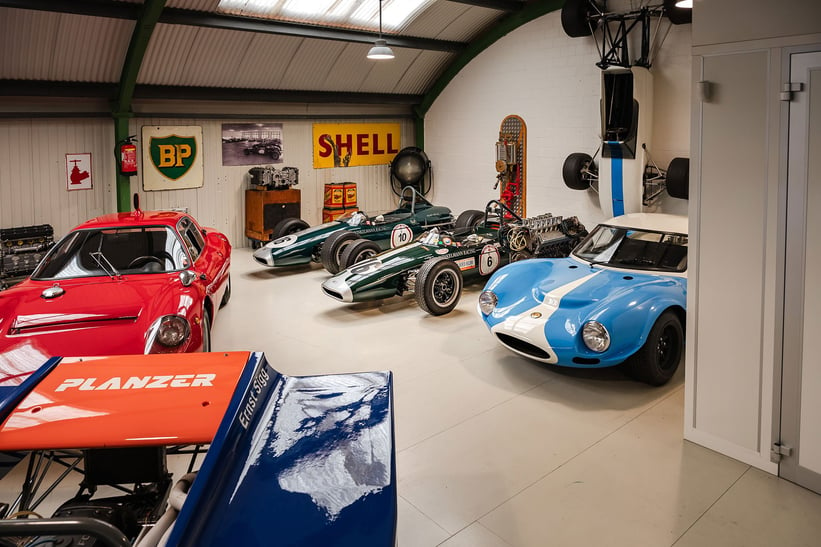
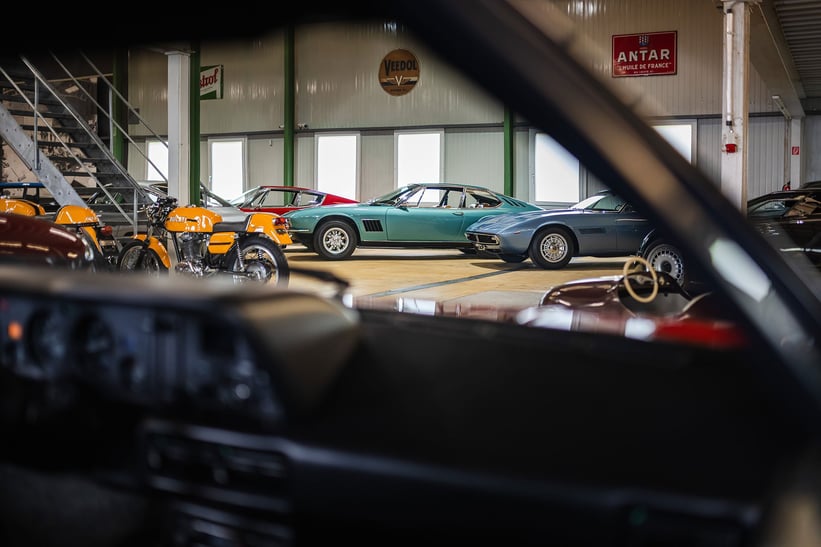
Fabian, you joined your father's business since 2004. What did you learn from your father and what did you bring into the game?
Fabian: Well, I've been with the company since 2004 and had to prove myself every day. Many people thought, or still think today, how wonderful it must be to be the son of or work in such a company, but our story is not that simple. I had to work my way up from the bottom in our own business and was given absolutely nothing for free. But today I am very grateful for this, because I learned a lot along the way. From the very beginning, I was allowed to sit at the big table during every negotiation, learn, and continuously grow and develop. I inherited my father's business acumen and his unique perspective on collectibles and merchandise. One of the most important things he taught me is that when I give someone my word, it must never be broken. This is one of the cornerstones of our philosophy and is deeply embedded in our personal and corporate DNA. What have I brought to the table? Probably just being myself. I have certainly left my mark on our company and always try to move us forward, as far as this is permitted and accepted, whereby I no longer ask questions but take action.
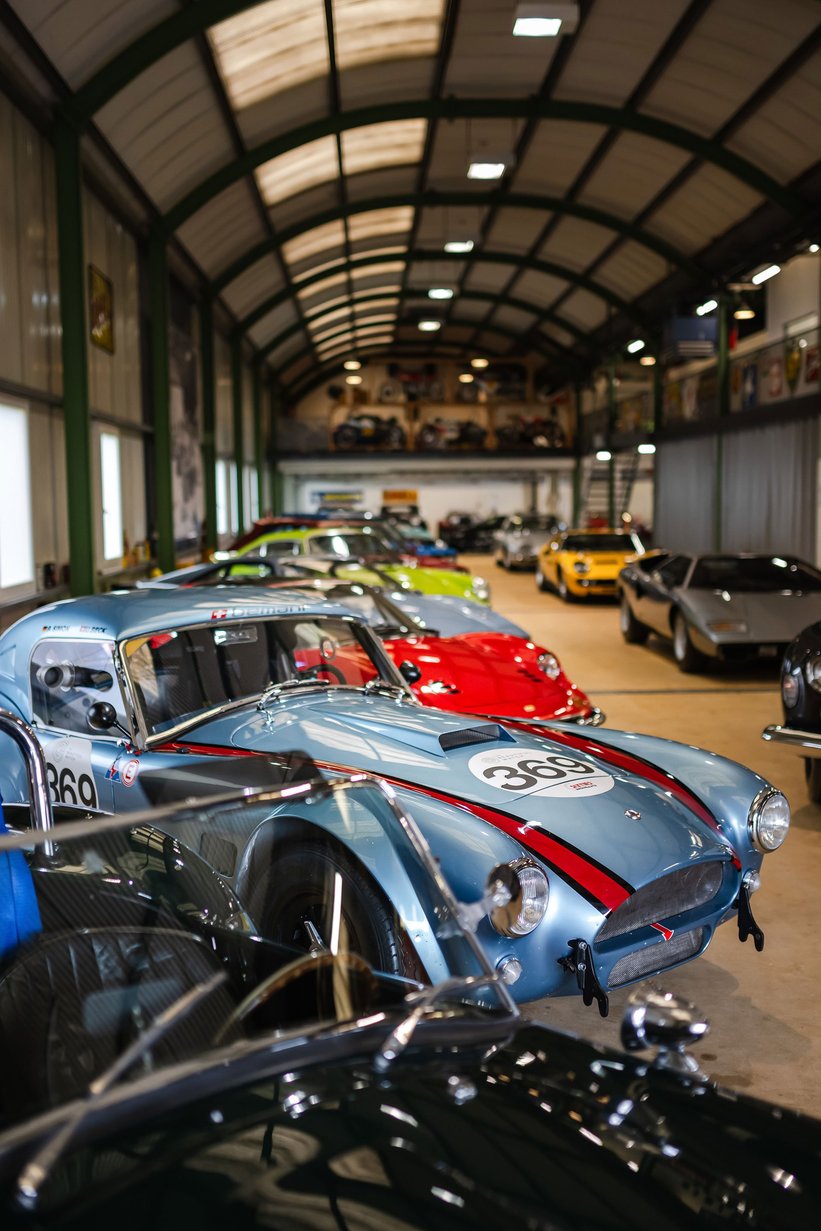

Marc, you are now also involved in the business. What are your roles within the company?
Marc: Hmm, it's no secret – I joined my father's business before Fabian did, and we wanted to achieve “great things.” At that time, we set up and moved into a new workshop and sales premises. However, the euphoria quickly faded when we couldn't agree on our interests and perhaps also our goals – it was a “typical” father-son situation, perhaps, but actually I was probably just too young and simply too green to be able to handle the situation, and Koni was... well, what can I say... Koni – (laughs); perfect and infallible as always. Fabian then took “my” place and, I say this with great respect, mastered it phenomenally. I went my own way and eventually found myself in finance and accounting, which I managed in an SME for almost 18 years. But I never really left; when I wasn't at the racetrack, I helped out at exhibitions, for example, and supported my father and brother there. Now I've been back for a good three years and haven't lost a drop of petrol in my blood. However, I tend to work behind the scenes and am responsible for finances and back office, among other things.
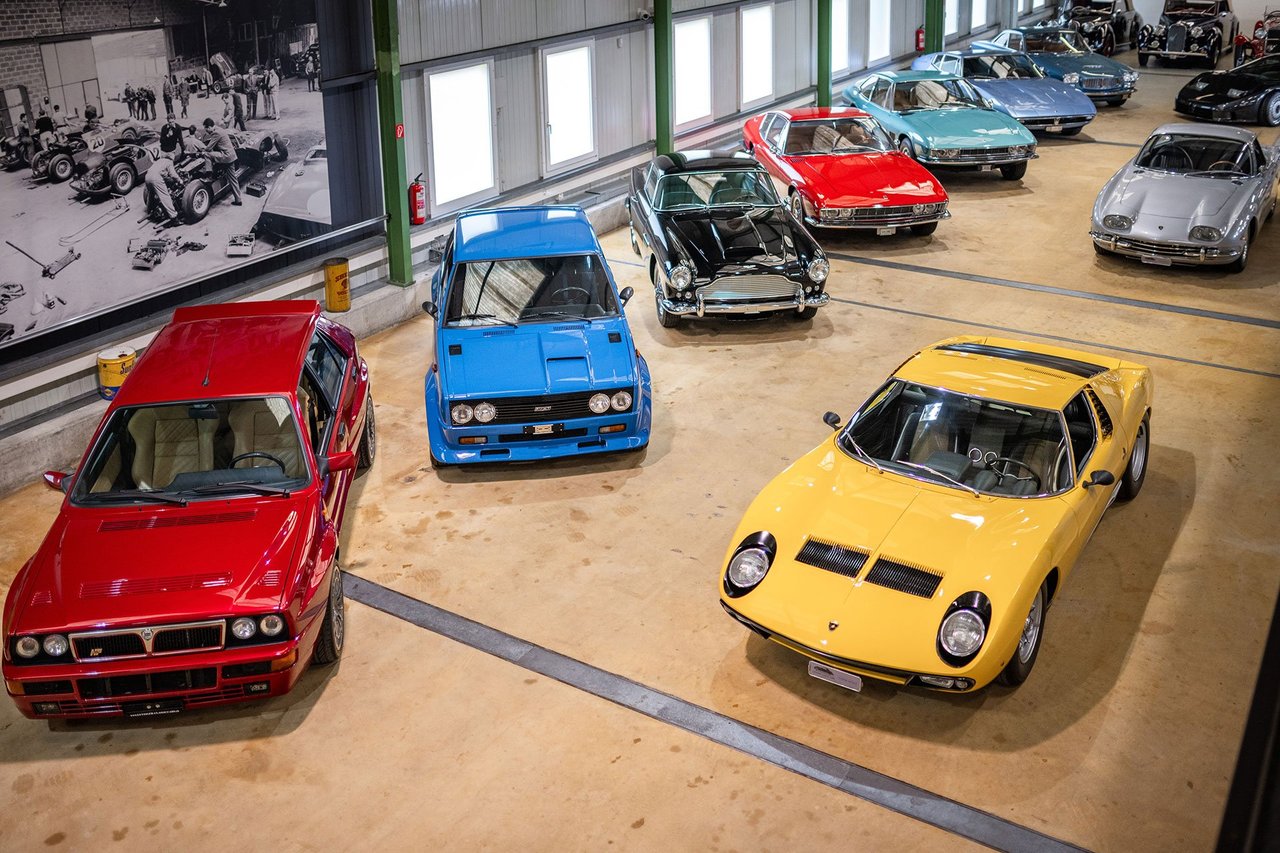
Over the years, your father has created a fantastic collection of classic machines on two and four wheels. How many cars and motorcycles belong to the collection today and which are the most important pieces?
Both: Our extensive collection currently comprises around 40 cars and 30 motorcycles. We have a large collection of 911s, which we have built up over the last 30 years. Many of the 911s are in unique original condition and have very low mileage – they are largely untouched.
Fabian: It's even harder than I thought to be asked about the most important cars, because there's always a lot of personal history attached to each car or even to a collection as a whole. I'll try to name a few: our three Lamborghinis – the Miura P400 S, Countach LP400 Periscopio and 350 GT –, the BMW M1, Ferrari Dino 246 GT L prototype ex. Sergio Scalietti, Ferrari 348 TB Challenge World Championship car from 1995, Ferrari Daytona 365 GTB/4 Competizione prototype, Bugatti EB 110 GT. The list goes on.
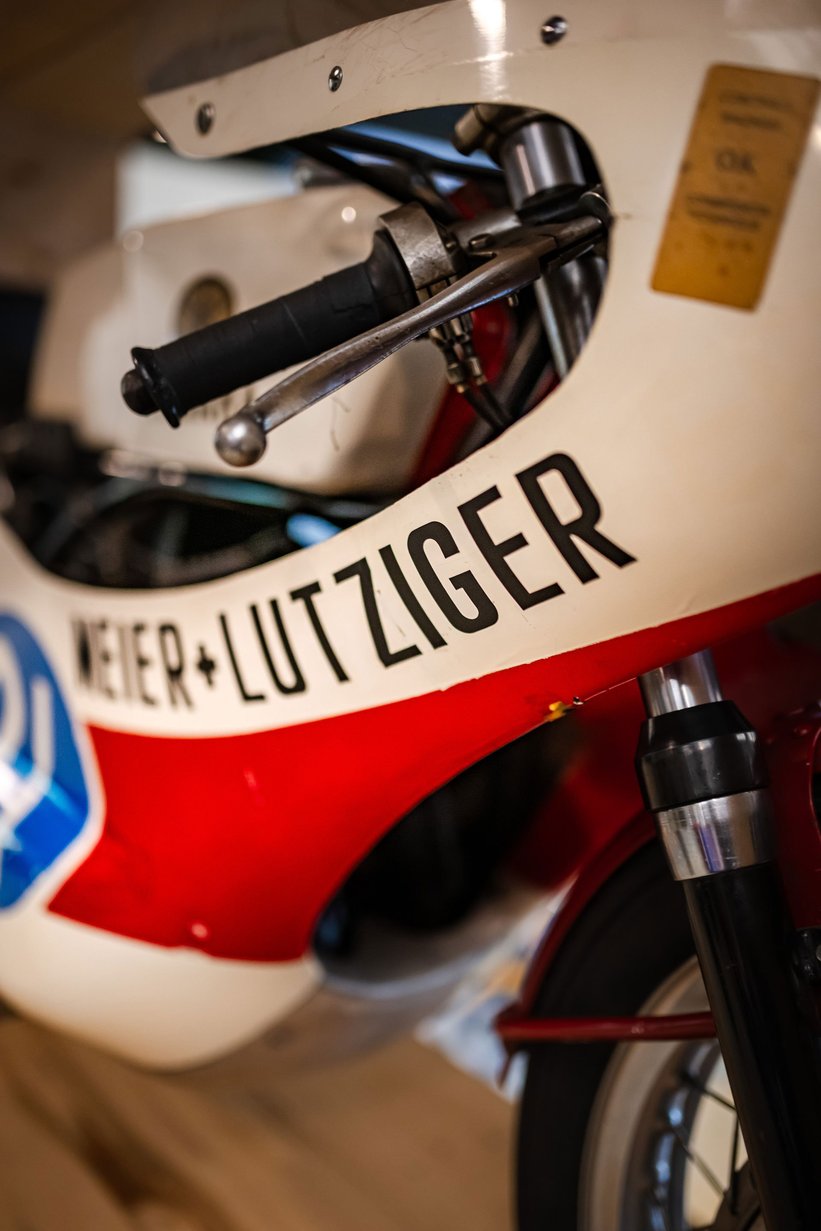
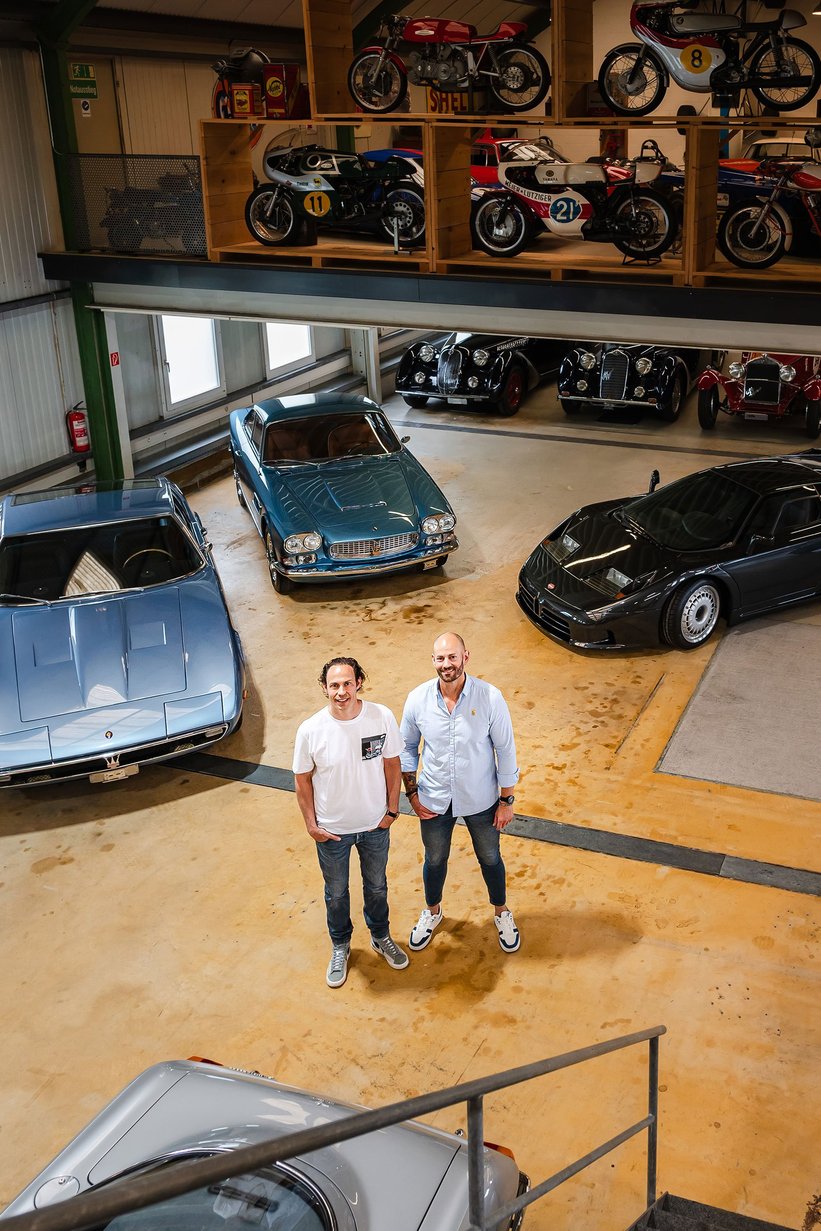
With so many fantastic cars and bikes in your collection, how do you decide which ones to keep or let go?
Fabian: We have some very unusual cars, such as the Lamborghini Miura P400 S, Countach LP 400 Perescopia, Bugatti EB 110 GT, Ferrari Dino 246 GT L-series prototype – which was Sergio Scalietti's personal car – Ferrari Daytona Competizione prototype, etc. Our collection has been carefully built up over the years. It's a bit like playing quartet – you always try to improve, and that also means that you have to let go of a gem every now and then in order to move forward. It's always a question of the heart and reason. Maybe a bit like with an ex-girlfriend – a good decision to move on, but a little bit of melancholy remains (laughs loudly). The motorcycles are our father's domain. He built it up on his own and it's his own empire. I have to admit that, for personal reasons, I haven't really been interested in this topic since my youth, so I didn't pursue it further. However, there are many factory racing machines and prototypes in our father's collection.
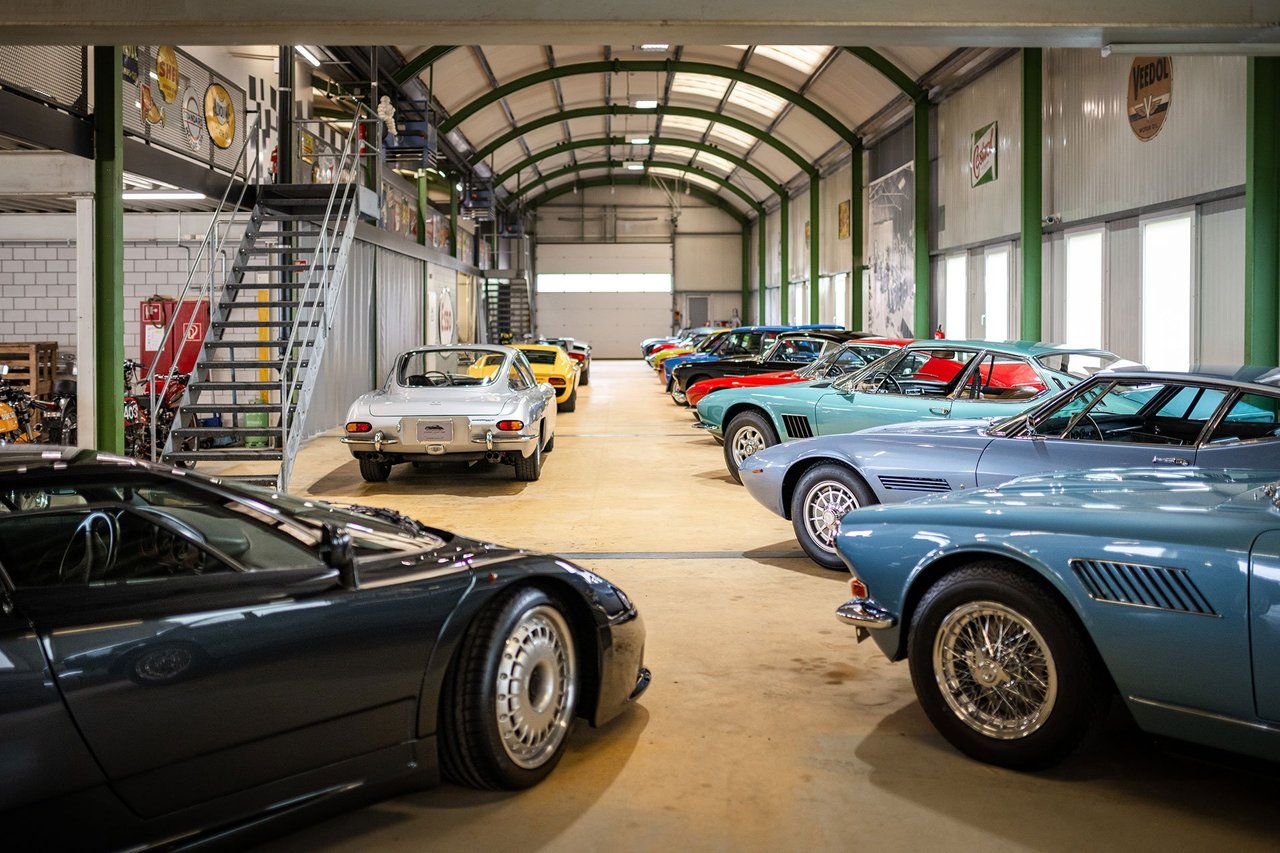
What was your father's philosophy, both as a collector and dealer? Do you still follow his lead - or did you give the business your own twist?
Fabian: Our father is and always has been an absolute technology fan. He was never just brand-oriented, but was mainly fascinated by the technology and, of course, the designs. He was always way ahead of his time in collecting and trading, which enabled him to invest very well and selectively in the future.
Marc: We certainly try to follow his example, but, purely from a generational perspective, we also bring a different and, to put it bluntly, fresher approach.

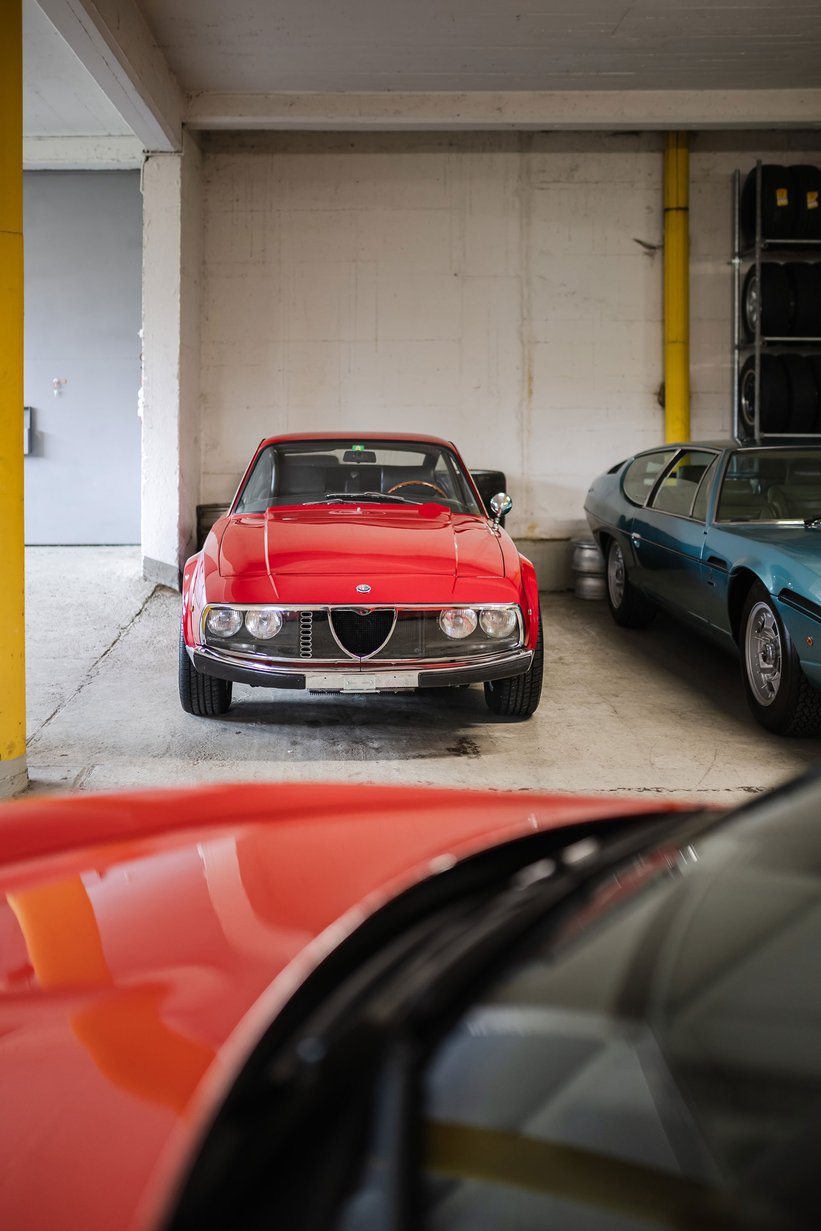
During our last conversation in 2016, Koni emphasized originality, saying he doesn’t like cars you see on every street corner. How do you maintain that ethos in today’s fast-changing market? And what criteria do you use when hunting for new cars?
Fabian: Yes, that's right, this remains a fundamental philosophy behind everything we do – for our collection, but also in our retail business. We are constantly on the lookout for something special, something as original as possible, something you can't find on every street corner. In retail, you have to react as quickly as possible and adapt to the rapidly changing market.
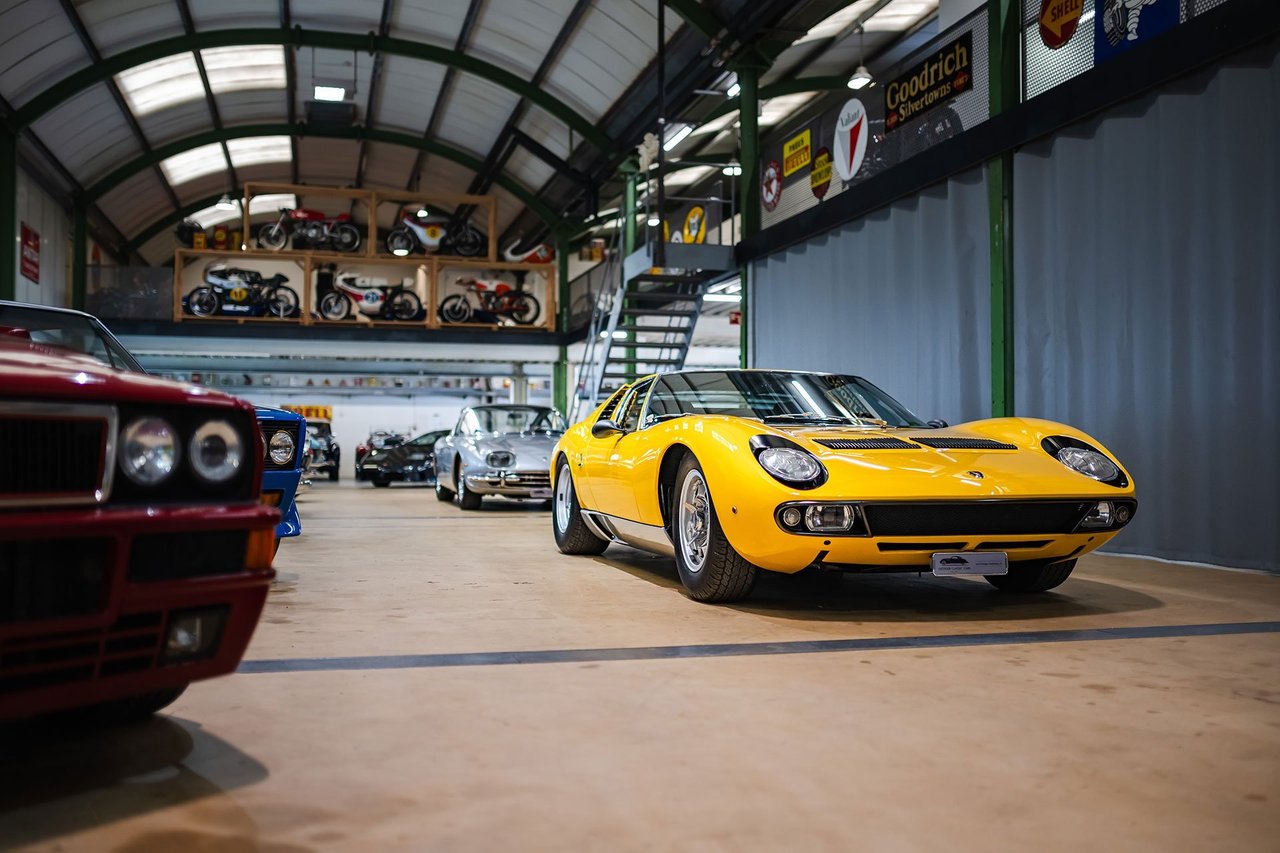


Are there any brands or types of cars towards which you tend to gravitate?
Marc: Yes and no. As I said, we like things that are special, perhaps even unique, but what is special and unique? A shape, a design, a brand—it could be something that is uniquely original or uniquely restored, for example. It could be so many things, but it certainly depends on the situation and the individual. The main thing is that you're unlikely to find it again.
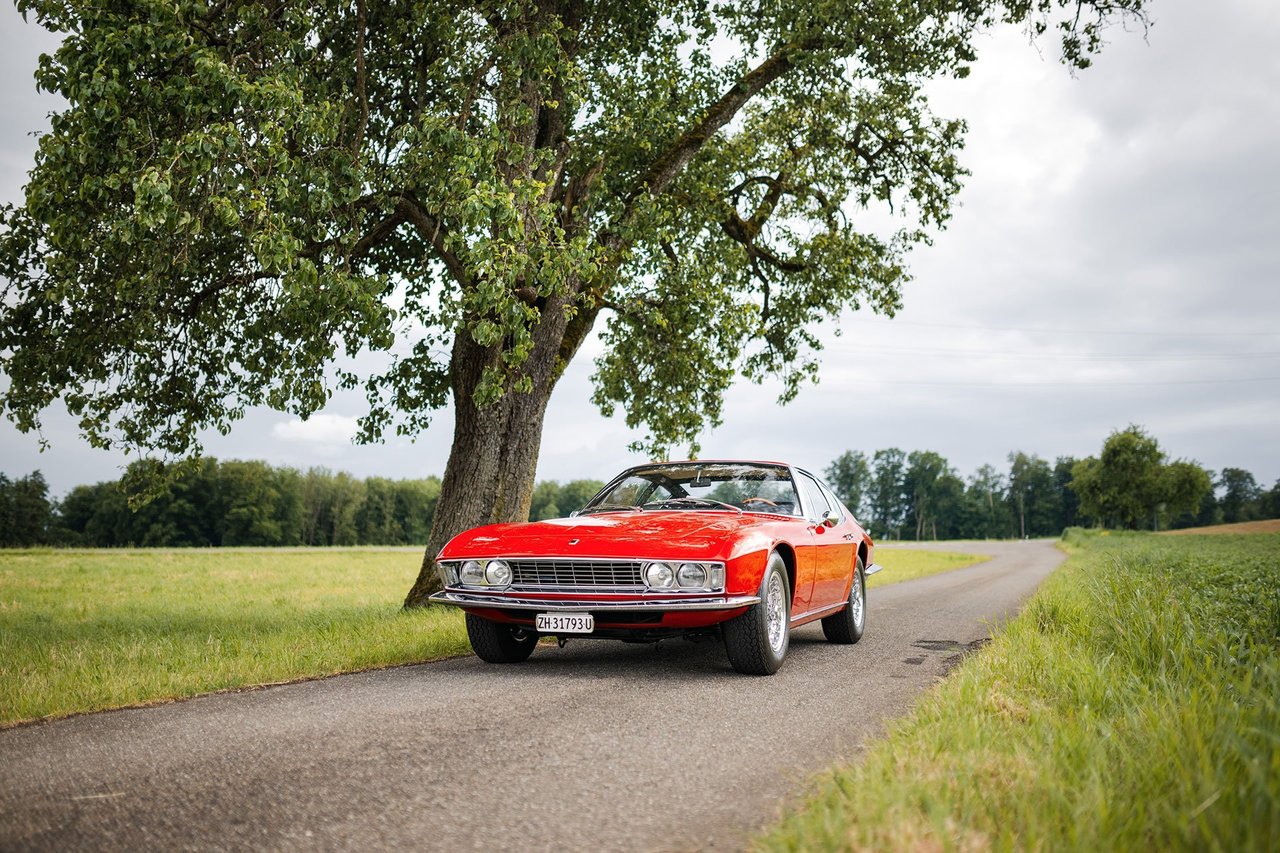

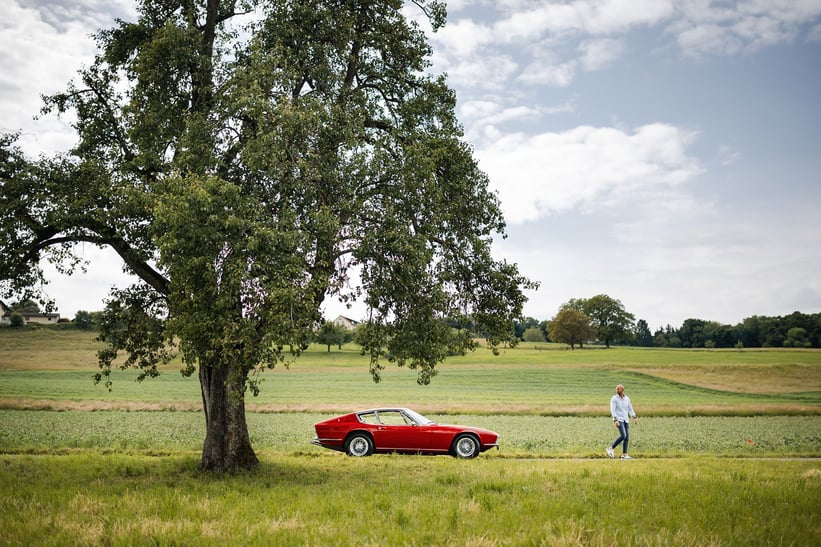
Your stock of cars is very eclectic: There are the great icons of cars design, a Lamborghini Miura, a Maserati Ghibli, a BMW 507. There are pre-war grand prix racers from Alfa Romeo, Aston Martin and Lagonda. But you also offer more contemporary cars such as a Bugatti EB110 or a Honda NSX. What do all of these cars have in common?
Marc: They are all on a timeline—not at the same point, but they reflect the automotive history of the greatest designs and technical marvels in automotive engineering, and today almost all of them are considered veterans/classic cars. Here you can see that I'm talking about the more modern cars (laughs), that Fabian and I are bringing our own and, of course, even younger generations into the game.
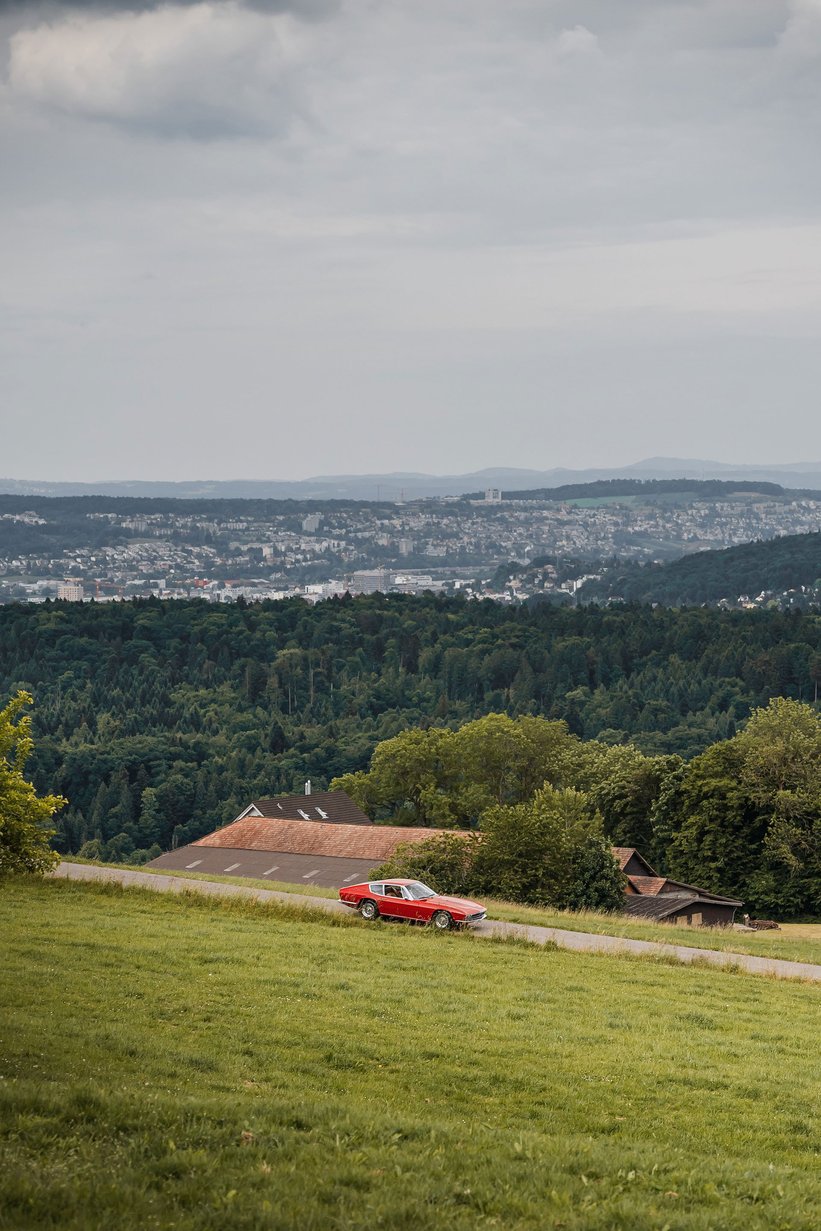

One brand that keeps coming up in your stock is the Swiss sportscar brand Monteverdi. What makes these cars so special - and which cars do you currently have for sale?
Marc: It's simply THE history of Swiss car manufacturing. It would go beyond the scope of this interview to go into detail here, but it's easily accessible and can be read “everywhere.” We currently have two Monteverdis on offer: a High Speed 375 L, a one-off with Frua bodywork, which was exhibited as a prototype at the Geneva Motor Show and has a unique ownership history. Then there is a High Speed 375 S, also with Frua bodywork, of which only 10 were built and 4 are still known to exist today. One of these is in the Museum of Traffic in Lucerne and two are being restored by a private collector, making ours the only one on the market.
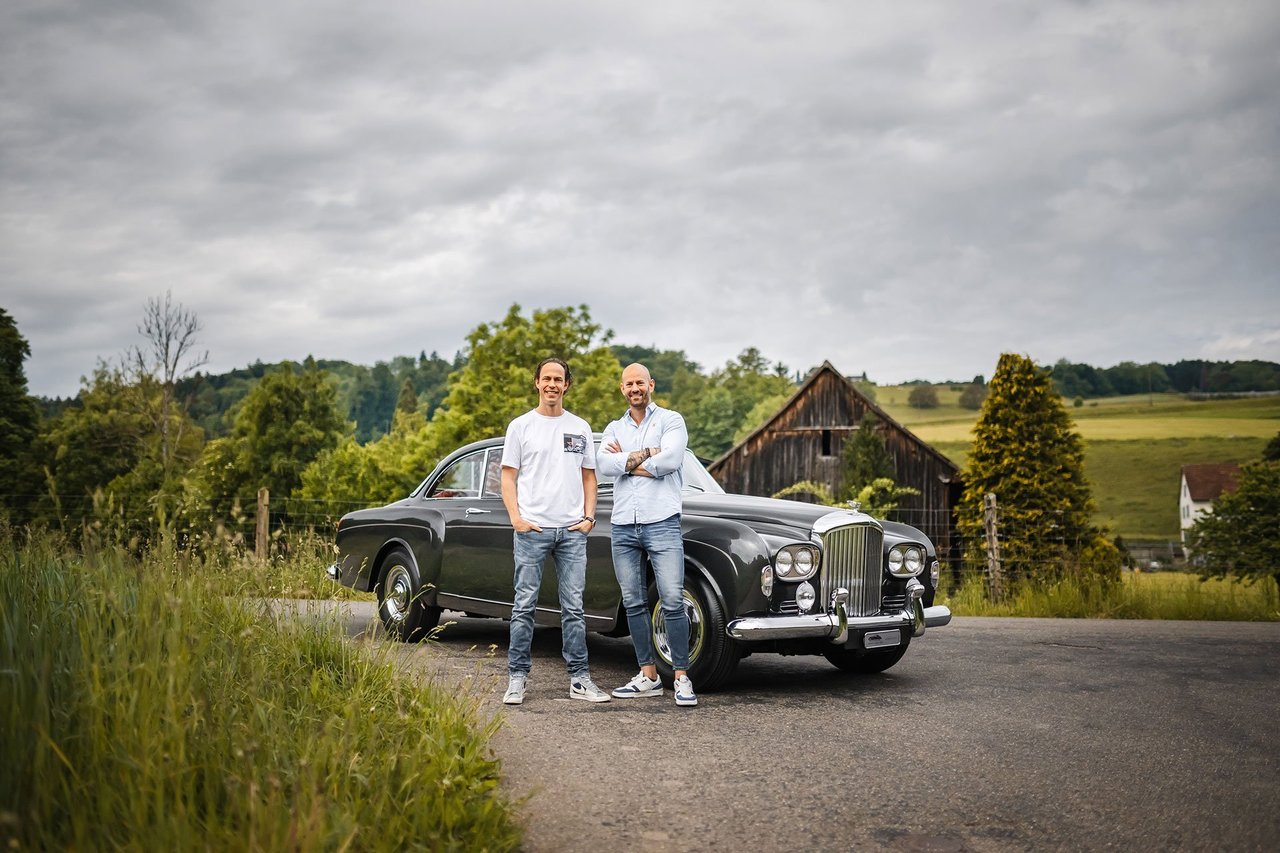
For stretching our legs during a quick lunch break drive, you chose a beautiful Bentley S3 Continental. Besides the stunning looks, what makes this car so special?
Marc: This is one of only three left-hand drive models built in aluminum; a total of only 11 were ever made. This Bentley S3 Continental was also the Pebble Beach Class Winner twice in a row in 1969 and 1970. That's what I call unique.
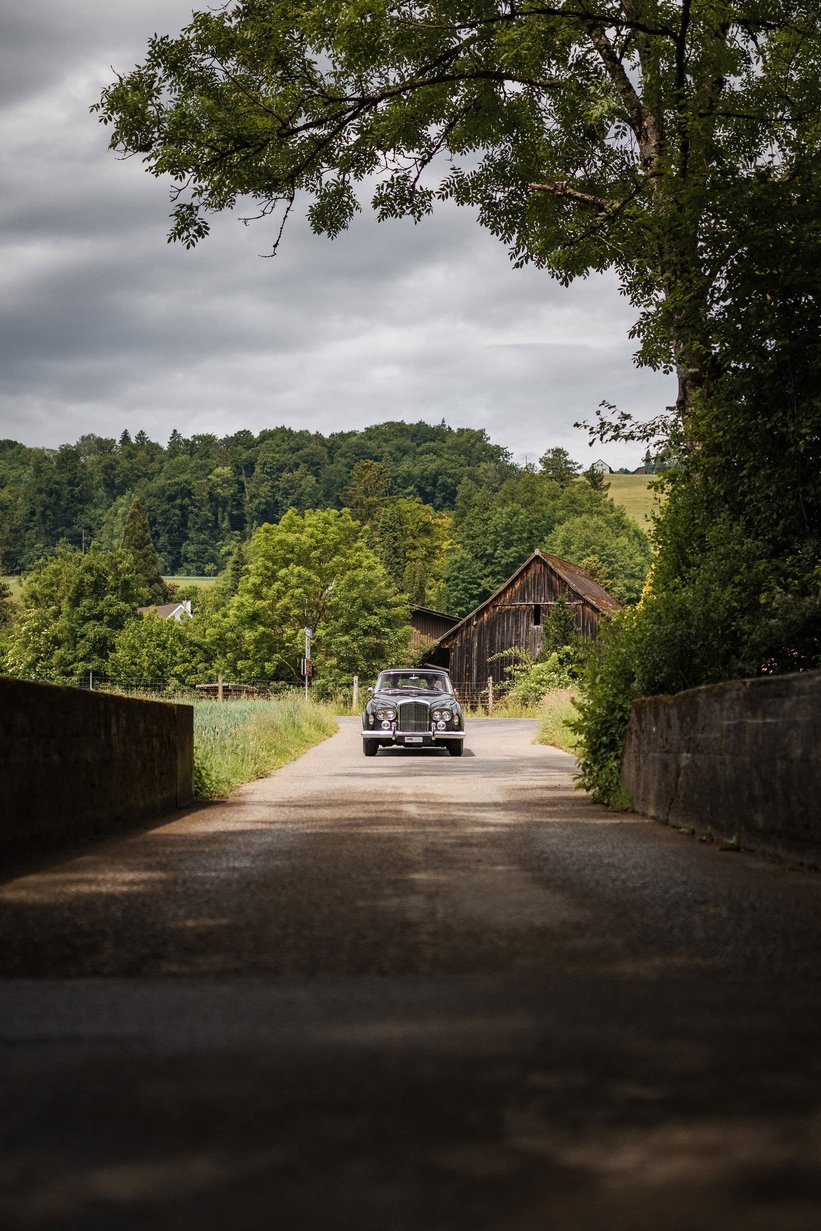
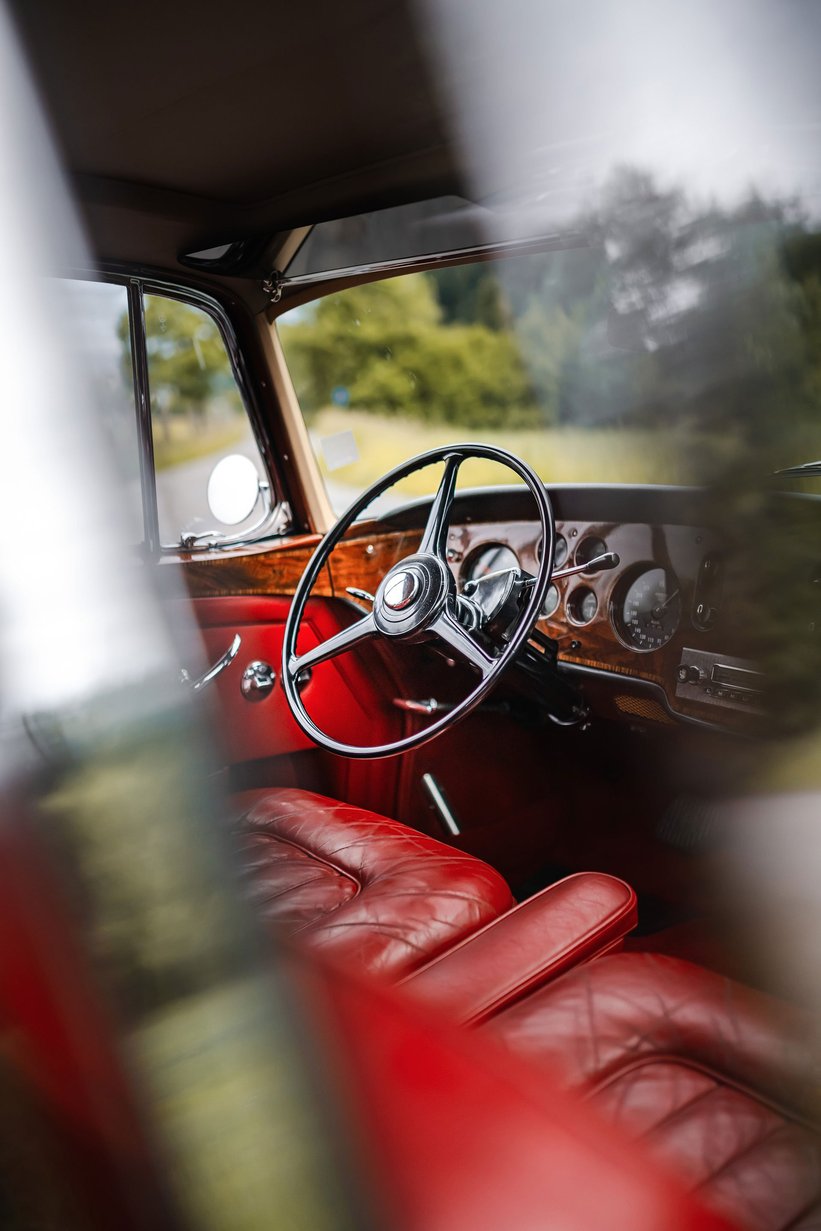
Are there any cars you’ve regretted selling—or ones you’ll never sell?
Fabian: Yes, definitely, that happens all the time. We only parted with one of our treasures last year. It was a 1974 Porsche 911 Carrera RS 3.0, which we had owned since the 1980s and which is almost certainly one of the most original cars in the world. Marc and I also “grew up” with this 911 Carrera RS 3.0, so we're a little wistful. Decisions like this are difficult and usually have a deeper impact than you think. In the past, I would have said that I would never sell it, but today things look a little different and you become more realistic. We can't take anything with us on day X, which is why we always have to decide what makes sense at the time and what doesn't. A lot of things make sense, but we simply can't keep everything ourselves.
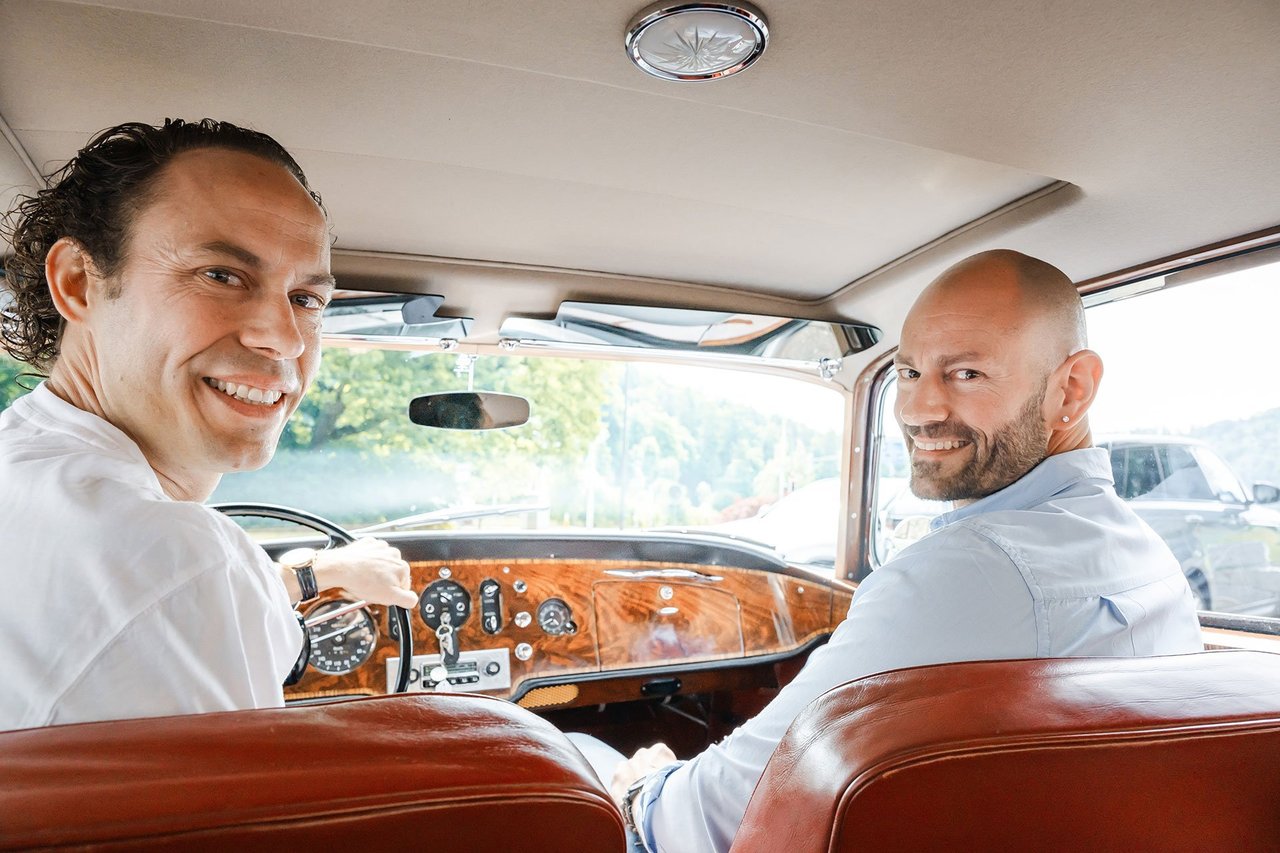
If you could add any car, regardless of price or availability, to the Lutziger collection, what would it be and why?
Fabian: The Ferrari 250 LM would definitely be my choice. For me, it's one of the most significant racing cars of the 1960s (Marc nods and agrees). With only 32 units built, it is extremely rare and, as the first Ferrari mid-engine sports car with a V12 and monocoque-style construction, it is a technical highlight of the 1960s – simply a very special sports car that I would love to own. Its potential as an investment also seems to have considerable room for growth, whereas other collector's items are likely to have already reached their peak. But that certainly has something to do with my father, who has been preaching this to me over and over again for more than 20 years now, and he was right. He predicted this with the Bugatti EB 110 GT and SS, for example, when the cars were still priced at around CHF 200,000! We were able to fulfill this dream, but had to dig much deeper into our pockets – a time machine like Dr. Emmett L. Brown & Marty McFly's DeLorean DMC-12 with a flux capacitor would have been very helpful.
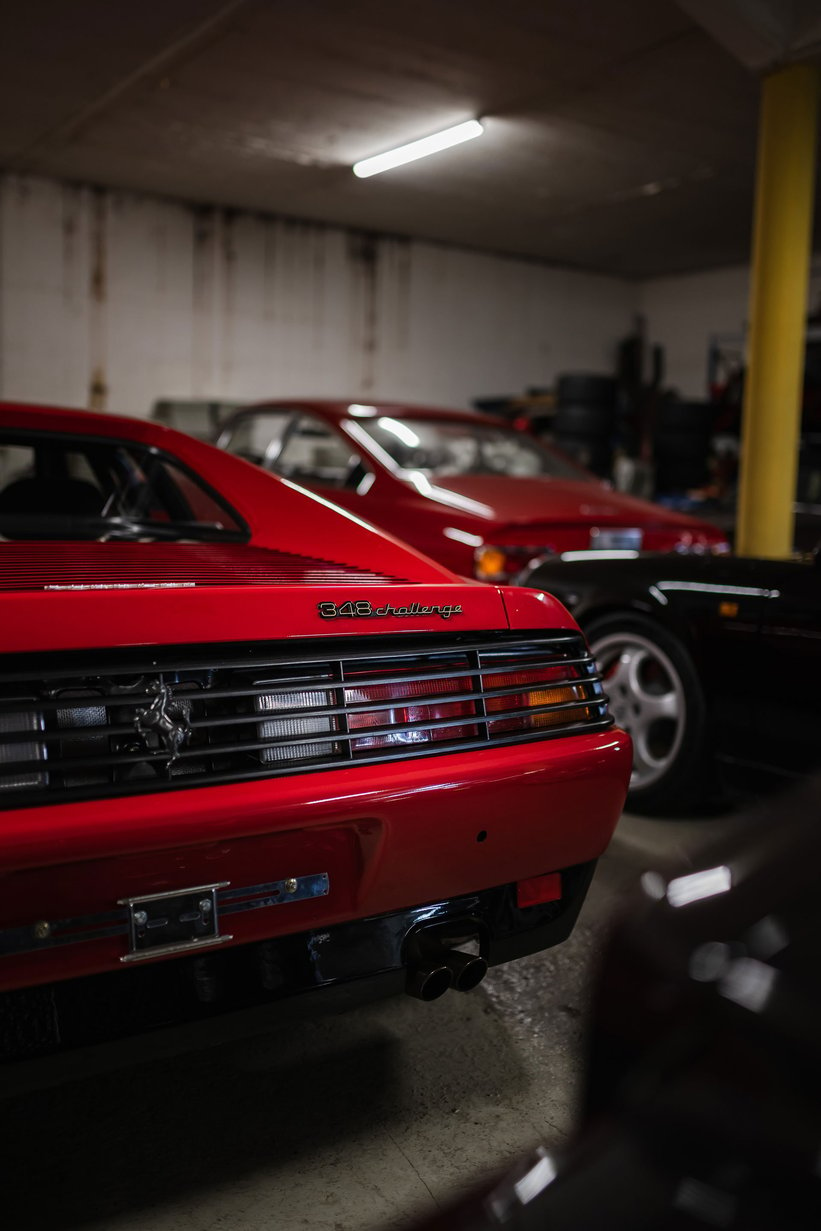

You run a small in-house workshop—how do you decide between doing preservation work yourselves versus recommending specialist restorers?
Both: Our in-house workshop is for our use only. We use it for our own collectibles or for refurbishment for sale. However, we go to great lengths in our work, and carburetor or even engine overhauls and technical repairs of all kinds can be carried out in our workshop. However, we do not carry out work on behalf of customers, as we do not have the capacity to do so. Nor do we carry out complete restorations, which are simply too costly and time-consuming for a small business like ours. If such major work is required, we pass it on to restoration experts.
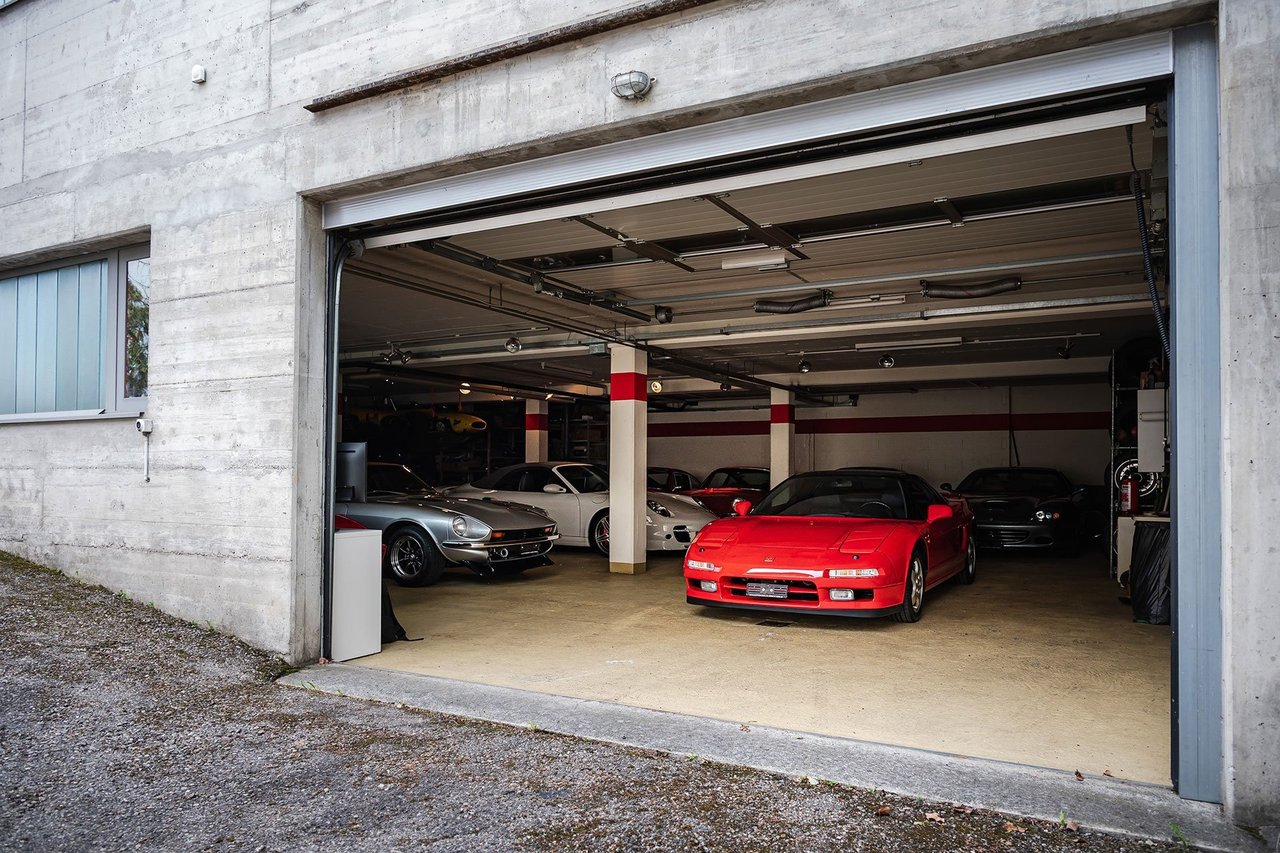
The collector car business has changed a lot in recent years, prices have gone up significantly, a new generation of buyers has entered the game, cars from the turn of the millennium shift into focus. What do you expect from the future?
Fabian: The market is constantly changing, and what we have seen increasingly in recent years is likely to intensify in the coming years. More and more large collections are coming onto the market, either from inheritances or early dissolutions. A new generation is also entering the collector's market. These are much younger people who are starting to build up their collections. I think our father Koni, my brother Marc, and I are a very good example of this: what Koni dreamed of in his youth and aspired to is only of limited relevance to us now. There are many cars where our tastes coincide, but there are also quite a few where we say that they are too old for us. Because in our childhood bedrooms, alongside a poster of Baywatch star Pamela Anderson, there was also a poster of a Lamborghini Countach and a Ferrari F40, i.e., cars from the 80s and 90s and not pre- or post-war cars—although we also grew up with these and naturally like them very much.

Looking ahead, how do you see emerging technologies like EVs, digital sales, or new preservation techniques influencing your business model?
Both: We can't answer that question because we're simply not really interested in these technologies and therefore unlikely to get involved in this market. We have no interest or passion for it. Those who enjoy it can do that. Personal contact with our customers is very important to us.
Fabian: I would even say that I can divide my passion 50/50. That means that, for me, it's the vehicles that fascinate me, but also the people who are always behind a car. That's what makes the story complete for me.



























































